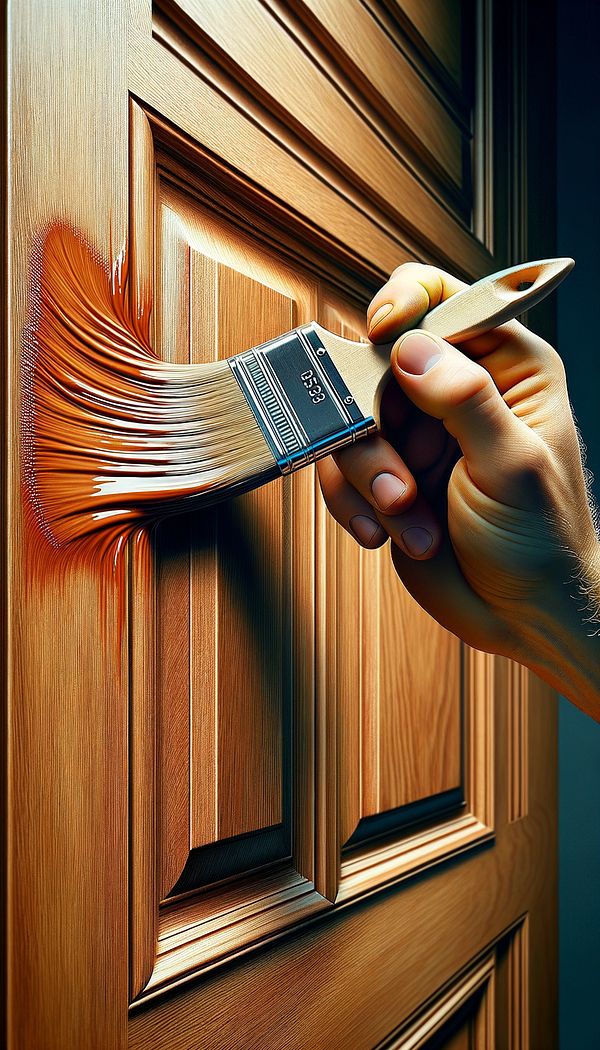What is Lay Off?
Lay off is the process of applying a final, very thin coat of paint or varnish in a specific manner to ensure a smooth finish.
Description
In the realm of interior design and decoration, particularly when discussing painting techniques or applying finishes to walls, furniture, or other surfaces, the term "lay off" occupies a crucial spot. This technique involves applying a final, very thin layer of paint or varnish with careful, smooth strokes to achieve a flawless finish. The method is especially pertinent when working with gloss or semi-gloss paints and varnishes, as these materials tend to show brush marks and imperfections more readily than their matte counterparts.
The lay off technique not only requires a steady hand but also the right kind of brush; a high-quality, soft-bristled brush is often recommended. The objective is to make long, continuous strokes in the same direction, which helps to eliminate any visible brush marks. This process is typically performed after the initial layers have been applied and are nearly dry, contributing to an even, professional quality finish.
Usage
One common scenario for employing the lay off technique is in the final stages of painting a door, where achieving a sleek, unblemished appearance is paramount. Similarly, it's equally beneficial when varnishing a piece of furniture or producing a high-gloss finish on cabinets in a modern kitchen.
FAQs
-
Is the lay off technique suitable for all paint types?
The lay off technique is most effective with gloss or semi-gloss paints and varnishes. It's not typically necessary for matte finishes, as they are less likely to show brush strokes.
-
Can I use a roller for the lay off technique?
While rollers are great for applying the base layers of paint, the lay off technique generally requires a soft-bristled brush to achieve the smoothest finish.
-
What's the difference between laying off and regular painting?
Laying off involves applying a final thin coat in a very deliberate manner to smooth out imperfections and brush strokes, whereas regular painting may involve more robust application of paint without the same focus on eliminating brush marks.
Practical Application
For best results with the lay off technique, always use a high-quality, soft-bristled brush. Start with the brush lightly loaded with paint or varnish, and apply with long, continuous strokes in one direction. Be sure to work quickly yet carefully, as working with semi-dry layers requires a balance between haste and precision.
-
Decorative Techniques322 articles
-
Fabrication & Craftsmanship133 articles
-
Decorating Principles & Elements330 articles
-
Materials & Textiles360 articles
-
Wall Treatments & Finishes157 articles
-
Spiral TurningSpiral Turning is a decorative woodworking technique that creates twisted patterns along the length of a piece of wood.
-
InlayAn inlay is a decorative technique that involves embedding pieces of one material into another to create patterns or designs.
-
Chair and a HalfA chair and a half is an oversized armchair, larger than a standard chair but smaller than a loveseat.
-
Warm ColorsWarm colors are those hues that evoke warmth and coziness, often found on the red, orange, and yellow side of the color spectrum.
-
Contract DocumentsContract Documents are legally binding agreements and detailed plans used in the execution of interior design projects.
